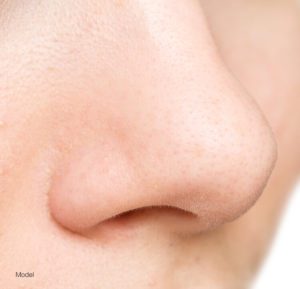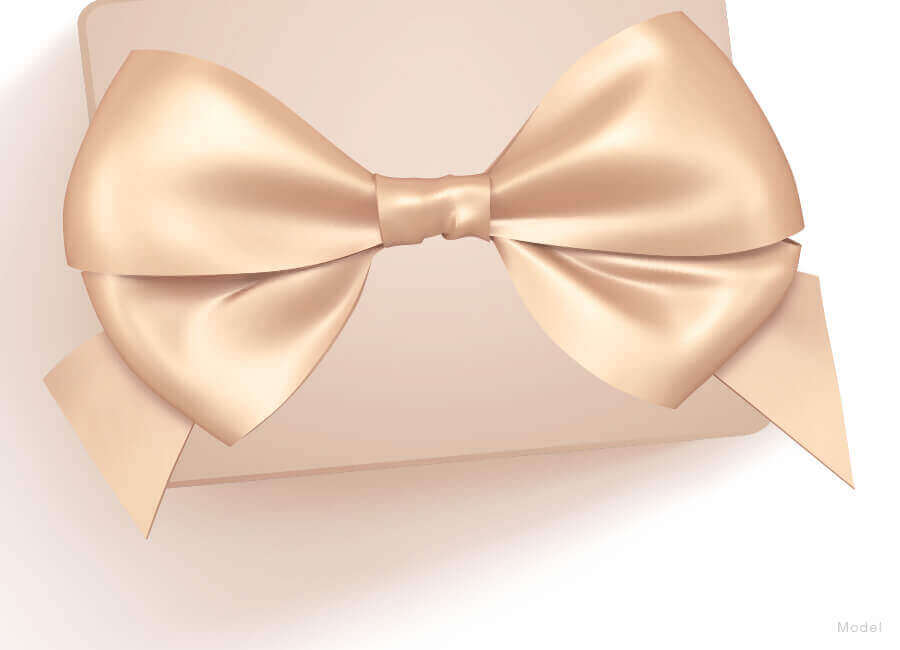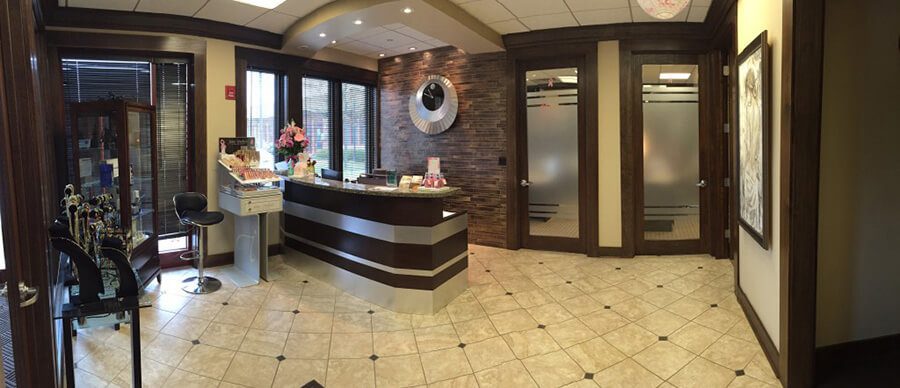Posted in Facial Plastic Surgery
Rhinoplasty is one of the most complex forms of plastic surgery. This is primarily due to the uncertainties of the healing process. There is no way to completely predict the way cartilage and bone will heal. Cartilage is tricky, and it does not always react the way that surgeons and patients would like. Whether the abnormalities show soon after surgery or wait several years to develop, the results of nasal surgery are never foolproof. Fortunately, even if your rhinoplasty results have changed, revision surgery can restore the nasal appearance you desire.

When Is Revision Rhinoplasty Appropriate?
Rhinoplasty patients have the highest risk of revision surgery, and most of the time, this has nothing to do with the actions of the surgeon. Revision rhinoplasty may be appropriate for any patient who is dissatisfied by the appearance of their initial surgery, whether the surgery was performed one year or ten years ago. Revision rhinoplasty can also aid patients who have discovered that their procedure has caused or worsened breathing difficulties.
How Can Results Change Years Later?
Rhinoplasty is considered to be long lasting or permanent, but that does not mean that the results cannot change. The effects of your surgery change because your nose does. Many people do not realize that the nose is just as prone to aging as other facial features. Your nose is made out of cartilage, soft tissues, and fat. The soft tissues contain collagen, and collagen breaks down over time. This means that any nose will eventually droop, stretch, and change shape. These alterations may appear more significant on a nose that has previously undergone rhinoplasty, as the internal structure of the nose has already been compromised. Changes may be purely aesthetic, or they can affect the patient’s ability to breath. As the structure of the nose changes with age, the airflow changes as well, and sometimes, breathing abnormalities seem to develop out of nowhere.
How Is Revision Rhinoplasty Performed?
Revision rhinoplasty is often more complicated than the initial surgery, and not every surgeon feels comfortable attempting it. It is essential to find a revision surgeon with extensive knowledge, skill, and experience in revision cases. Often, the initial rhinoplasty procedure involves shaving down cartilage or bone to be more aesthetically appealing. While effective, this weakens the nose, and between this and the presence of scar tissue, additional complications are possible. Most revision rhinoplasty cases use the open approach, meaning that there will be an incision made along the columella (the strip of skin between the nostrils). The open technique allows your surgeon to see the inner structure of the nose better, giving them greater control over your results.
Revision rhinoplasty is an outpatient procedure that is performed under IV sedation or general anesthesia. The surgical techniques used will depend on the issue and the extent of correction being made. While revision surgery is never ideal, it is a wonderful option for patients who are dissatisfied with their results. There is nothing more disheartening than seeing the effects of your surgery fade or change with time. Revision surgery can fix that.
If your nasal appearance has altered after your rhinoplasty, revision surgery may be right for you. Contact Dr. Schlechter at North Shore Aesthetics by calling (847) 393- 4770 or by filling out our online contact form.








